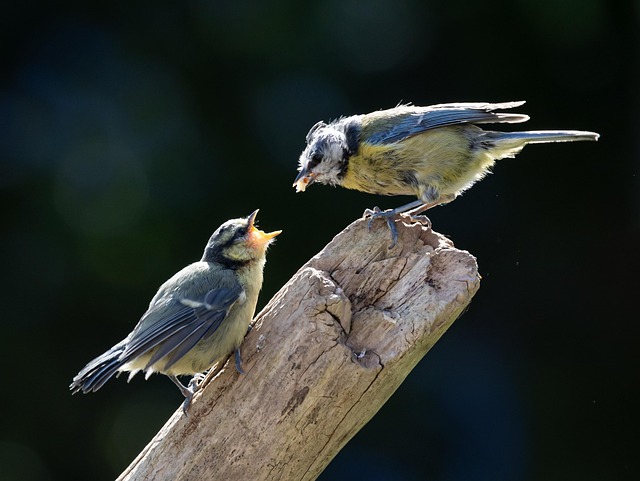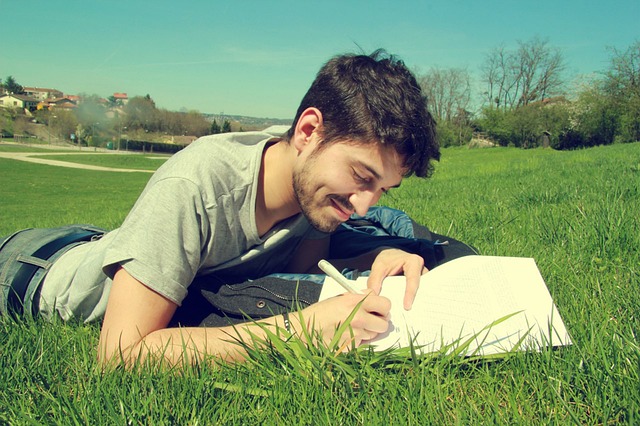In the previous blog post, I discussed a UCLA talk by Bhanu Joy Harrison on the topic of Unpredictability and Adapting. Bahnu emphasised our constant mind-body search for stability and predictability despite continuously encountering uncertainty in our personal lives as well as the world at large. She maintained that we are constantly seeking “an island of coherence in a sea of chaos”.
The reference to “islands of coherence” is based on the work of Nobel prize winning chemist, Ilya Prigogine, who stated that when systems move away from equilibrium and create chaos, “small islands of coherence” can “shift the entire system to a higher order”. When applied to our inner world, this concept relates to our capacity through interconnectedness to develop stability and predictability that, in turn, provides us with “strength, calm and groundedness”.
Bhanu maintained in her UCLA podcast that mindfulness practices are a way for us to create our own “islands of coherence”. On the InsightTimer website, she offers a range of guided meditations on topics such as slowing down, getting unstuck and managing anxiety. During her podcast, she also provided a guided meditation on supporting ourselves by creating “islands of coherence”.
Guided meditation – providing support and groundedness
Throughout the guided meditation, Bhanu encouraged us to trust our support. As a starting point, this trusting involved letting our chair support us by enabling our weight to sink into the chair. While being conscious of this support, we can let our mind focus on the power of gravity to hold our posture in place (not allowing us to fly into the air but to stay grounded on the earth). We can sense the “grounding effect of gravity” on our body.
While being conscious of this groundedness, we can notice what is happening in our body – a slowing of our breathing, loosening of our muscles and bodily tension. The aim is to drop from our brain into our bodies like dropping an anchor “into the bottom of a lake”.
If we want to contain ourselves bodily we can give ourselves a hug – placing our left hand on our right shoulder and then reversing the process. Alternatively, we can “feel the solid edges of our body” by squeezing along the length of our arms. I often found that joining the fingers of both hands together can have this grounding effect as I feel the sensations pulsing through them.
Bhanu reminded us that “our body holds so much”, including the visceral imprint of trauma. She suggested that one way to calm the body and mind is to hold our head with two hands – one holding the base of the skull while the other holds the forehead. Again, she encouraged us to notice any change in bodily sensations, our emotions and our mental activity.
Bhanu then suggested that we focus on our legs because our legs help us to carry a lot of weight embedded in our torso from the “intensity of life”. Our body, especially our torso, is activated by stress and being aware of this activation through our legs can “help spread out that activation”. In particular, exercises such as pressing our feet into the ground (together or alternating) and squeezing down our legs with our hands, can serve to reduce the activation in our torso by spreading the load. Squeezing down our arms can have a similar positive effect.
Working with the predictable – breathing
Bhanu suggests that when we are overwhelmed by the unpredictable, in whatever form it takes, we can focus on the “predictable” things in our life. A key element of this strategy is to focus on our breath because “our body knows how to breathe”, no matter what is going on in our life. Mindful breathing is an important aspect of mindfulness practice and there are many ways to achieve this re-focusing. James Nestor, for example, promotes intentional breathing as a path to improved health and longevity.
We can breathe with the earth, engage in lower-belly breathing, or rest in our breathing. Richard Wolf argues that we can develop deep listening through focusing on our breathing which he calls “the sound of your life”. He maintains that we can listen to our breath just like a musician listens to music. He provides a number of ways of doing this including listening to the sound of our breath (the inhalation and exhalation), resting in the silence between breaths and breathing in time.
Mast Cell 360 offers breathing as one of the strategies to de-activate the body’s over-active nervous response to perceived “invaders” (food allergies and, in particular, high histamine foods). For example, in the masterclass, Mast Cell Nervous System Reboot, the course creator, Beth O’Hara provides examples of “alternate nostril breathing” as one of the strategies she employed to redress the histamine activation effects of Mast Cell Activation Syndrome (MCAS). “Resonance breathing” also forms part of her holistic approach to MCAS and histamine intolerance.
Working with the predictable – alternative strategies
In addition to breathing practices, Bhanu offers other strategies that we can easily employ on a day-to-day basis to focus on the predictable and work to de-activate our bodies from the stress effects of the “unpredictable”. These practices include:
- focusing on the seasons of the year which are predicable, especially winter and summer whose arrival is often celebrated with special rituals
- consciously viewing the sunrise and sunset occurring each day
- observing the emergence of flowers in Spring, the fall of leaves in Autumn (Fall), the shortening of the day in winter and their lengthening in summer
- noticing the sun rising early in summer and later in winter
- thinking about the way you are greeted by your children and your dog when you return from work each day
- observing the millions of stars that appear each night.
Bhanu suggests that these grounding practices can help us to find peace and calm in times of turmoil – they can become our “island of coherence” in the advent of chaos.
Reflection
Chronic illness is often unpredictable and can prove to be complex and difficult to resolve. The uncertainty about its development and resolution and the lack of help from the medical profession can exacerbate the situation. Chronic illness too is disruptive, impacting quality of life and self-identity.
The mindfulness practices proposed by Bhanu can help to manage chronic illness. As we grow in mindfulness, we can better regulate our emotions, draw inspiration from people who have mastered their debilitating situation, and find creative ways to address our own limitations and constraints.
___________________________________________
Image by Kanenori from Pixabay
By Ron Passfield- Copyright (Creative Commons license, Attribution-Non-Commercial -No Derivatives.
Disclosure: If you purchase a product through this site, I may earn a commission which will help to pay for the site, the associated Meetup group and the resources to support the blog.










